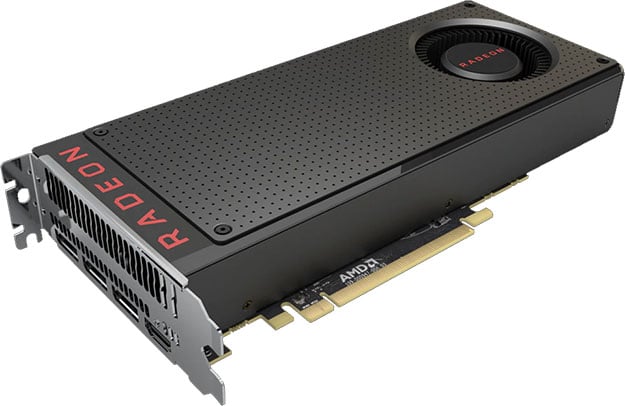AMD's Radeon RX 590 12nm Polaris Refresh GPUs Reportedly Has 36 CUs and 2304 SPs

AMD is on the cusp of releasing yet another Radeon RX graphics card model based on its Polaris architecture, essentially a refresh with presumably faster clockspeeds and, as a result, improved performance. Will there be anything else to note? Probably not, unless AMD has something under its sleeve that has not yet been leaked.
At this point, Polaris has been around the block a time or two. Unless AMD deviates from its roadmap (unlikely), Navi will be the next major GPU design upgrade out of Sunnyvale. In the meantime, AMD is squeezing as much life out of Polaris as it can, as it's still a capable architecture for the lucrative mid-range and entry-level markets.
Polaris will make another introduction in the form of a Radeon RX 590 graphics card. The underlying GPU is being built on a 12-nanometer FinFET manufacturing process. According to WCCFTech, the Radeon RX 590 will sport 2,304 stream processors (SPs) and 36 compute units (CUs), though the site doesn't offer up a source for that information.
If those numbers look familiar, it's because they are exactly the same as both the Radeon RX 580 and the Radeon RX 480. There is an outside shot that AMD could dub its next card a Radeon RX 680 for consistency, though leaked images of purported retail packaging suggest that Radeon RX 590 is what it will go with instead.
Any performance bumps will have to come down to clockspeeds first and foremost, followed by any architectural optimizations AMD might have made. If AMD was able to tweak the power efficiency, there's a chance the Radeon RX 590 could hold its boost clock for a longer period of time than the Radeon RX 580 or 480, but we'll have to wait and see.
Looking further down the road, AMD is making a widespread move to 7nm, and that includes a Vega refresh followed by Navi. Rumor has it Navi will be another mid-range play rather than representing a bona fide run at the high-end market. It's a bit too early to tell though.
AMD's graphics division underwent a major transition late last year when Radeon Technologies Group boss Raja Koduri left the company, later landing at Intel to lead its own efforts to compete in the discrete graphics space. It remains to be seen what effect this will have on AMD's near-term and long-term developments in graphics.

